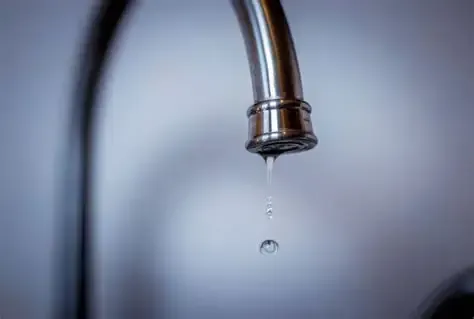
What Are the Signs of Low Water Pressure?
Low water pressure can turn everyday tasks—like taking a shower, running the dishwasher, or watering the lawn—into annoyances. It can also be a sign of more serious plumbing problems lurking behind the walls or underground. By learning how to recognize the symptoms, identify possible causes, and try basic troubleshooting, you can often save time, money, and frustration before calling in a professional.
Signs of Low Water Pressure
The most obvious sign of low water pressure is a weak or underwhelming stream of water from faucets, showerheads, or hoses. A shower that feels more like a trickle than a spray or a sink that takes forever to fill up can be early warnings that something is wrong. Appliances like dishwashers and washing machines may also take longer than usual to run their cycles because they’re not receiving enough water flow.
Another common sign is inconsistent flow across different fixtures. For example, if you notice sputtering, irregular water flow, or a sudden drop in pressure when more than one tap is on, you may be dealing with a system-wide problem. In some cases, the issue is isolated to a single faucet or showerhead, which usually points to a local clog. But if the pressure is low throughout your home, it’s likely connected to a larger issue within your plumbing or the municipal supply.
Common Causes of Low Water Pressure
Low water pressure often comes down to one of a handful of common issues. Clogged pipes are a frequent culprit, especially in older homes where mineral deposits and rust can build up inside pipes, restricting water flow. Faulty or blocked fixtures, such as aerators in faucets or showerheads, are another simple cause, as sediment buildup can limit output.
More serious causes include leaks, failing pressure regulators, or issues with the municipal supply. A hidden leak not only reduces the water pressure but can also cause water damage and mold if left untreated. If your home has a pressure regulator and it begins to fail, it may suddenly cause your entire system to drop in pressure. And sometimes, the problem is outside your control altogether, with city water system maintenance or supply fluctuations temporarily reducing pressure to your home.
How to Troubleshoot Low Water Pressure

Here are simple steps you can take before calling a plumber:
Check Multiple Fixtures: If the issue is isolated to one faucet or showerhead, it’s likely a fixture problem. Clean or replace it.
Inspect for Leaks: Look for damp spots, dripping pipes, or higher-than-normal water bills.
Test the Pressure Regulator: Located near the main water line, regulators can fail over time. A professional can test and adjust it.
Ask Your Neighbors: If others on your street also have low pressure, the issue may be with the municipal supply.
Flush Your Pipes: Sediment buildup can sometimes be cleared by running water at full blast for a few minutes.
Final Thoughts
Low water pressure might start as a small inconvenience, but it can quickly point to bigger plumbing concerns like leaks, corrosion, or regulator failure. By recognizing the signs early, exploring the most common causes, and following simple troubleshooting steps, homeowners can often resolve the problem or at least narrow down the possibilities.
When DIY fixes don’t restore water flow, don’t wait—professional plumbers have the tools and expertise to locate the source and provide lasting solutions. Restoring proper pressure not only makes your daily life more comfortable but also protects your plumbing system from further damage.
